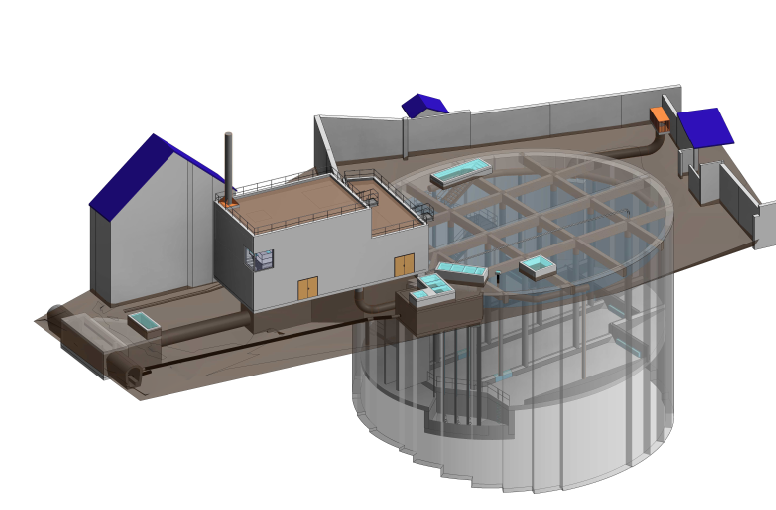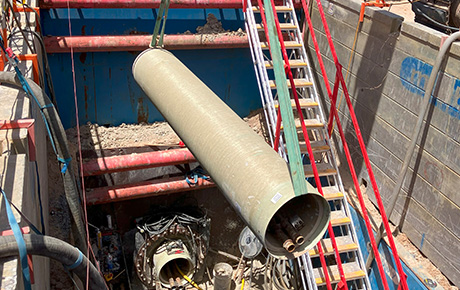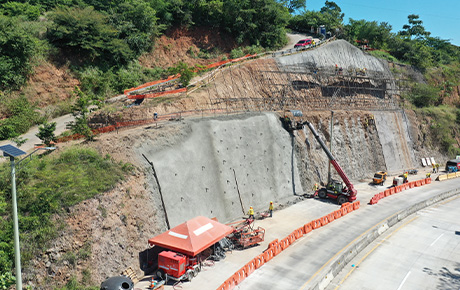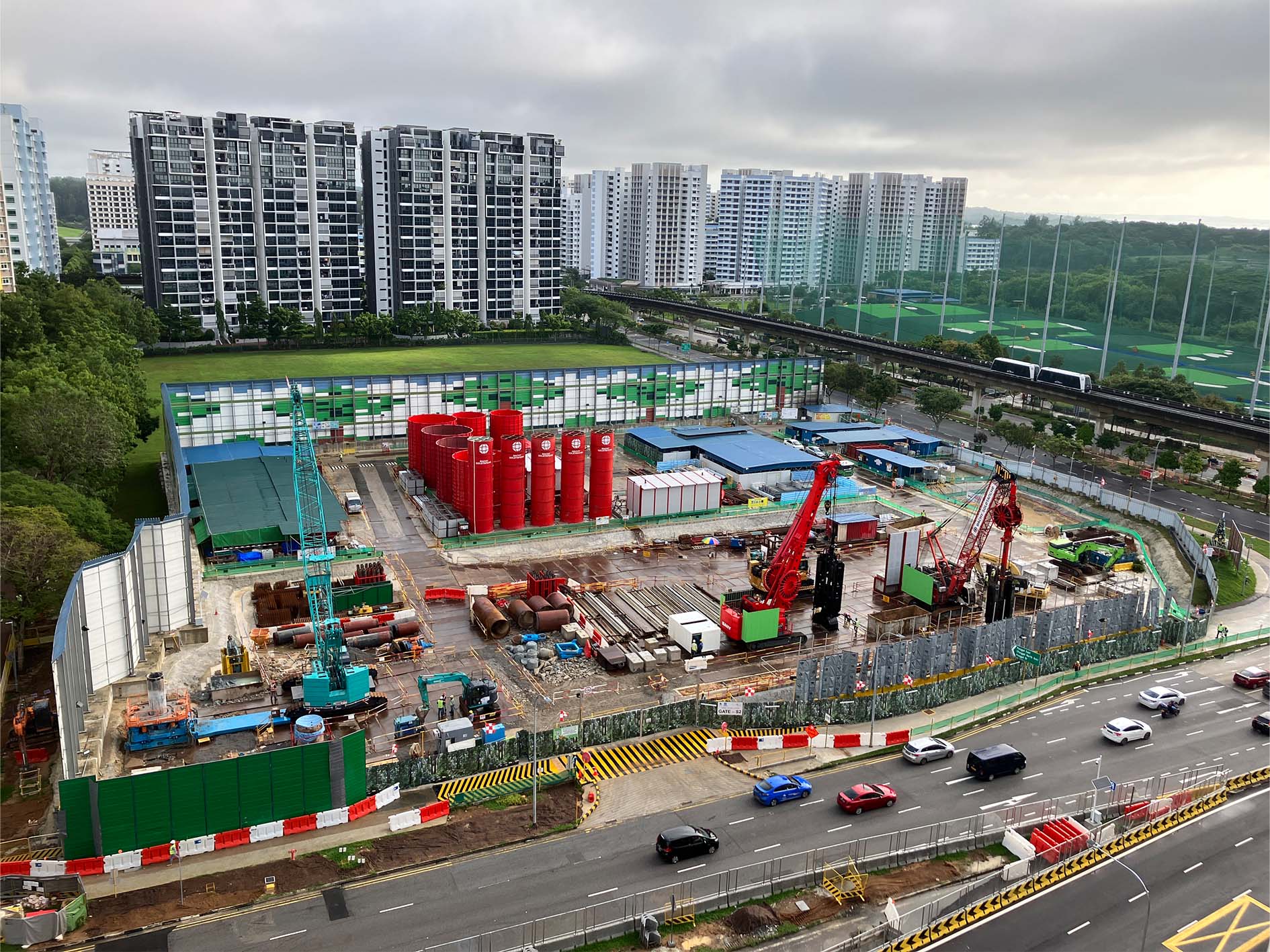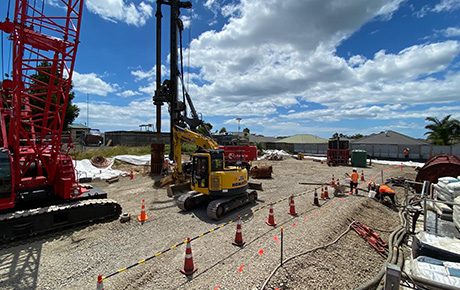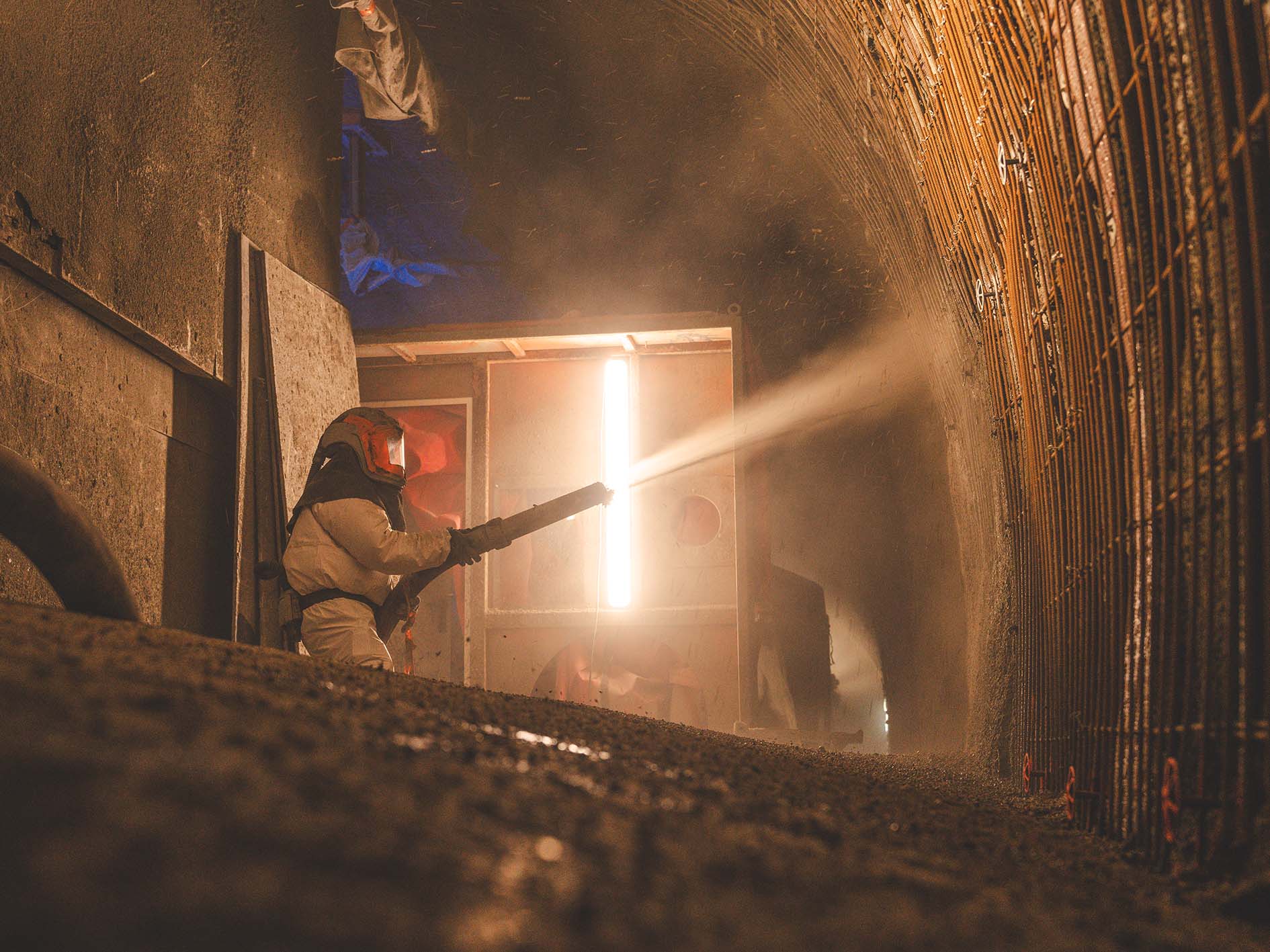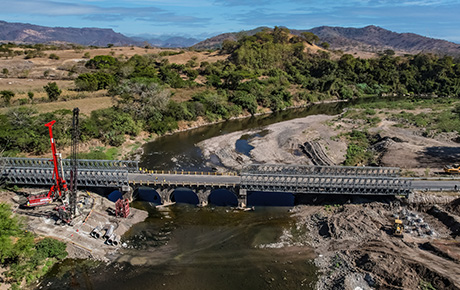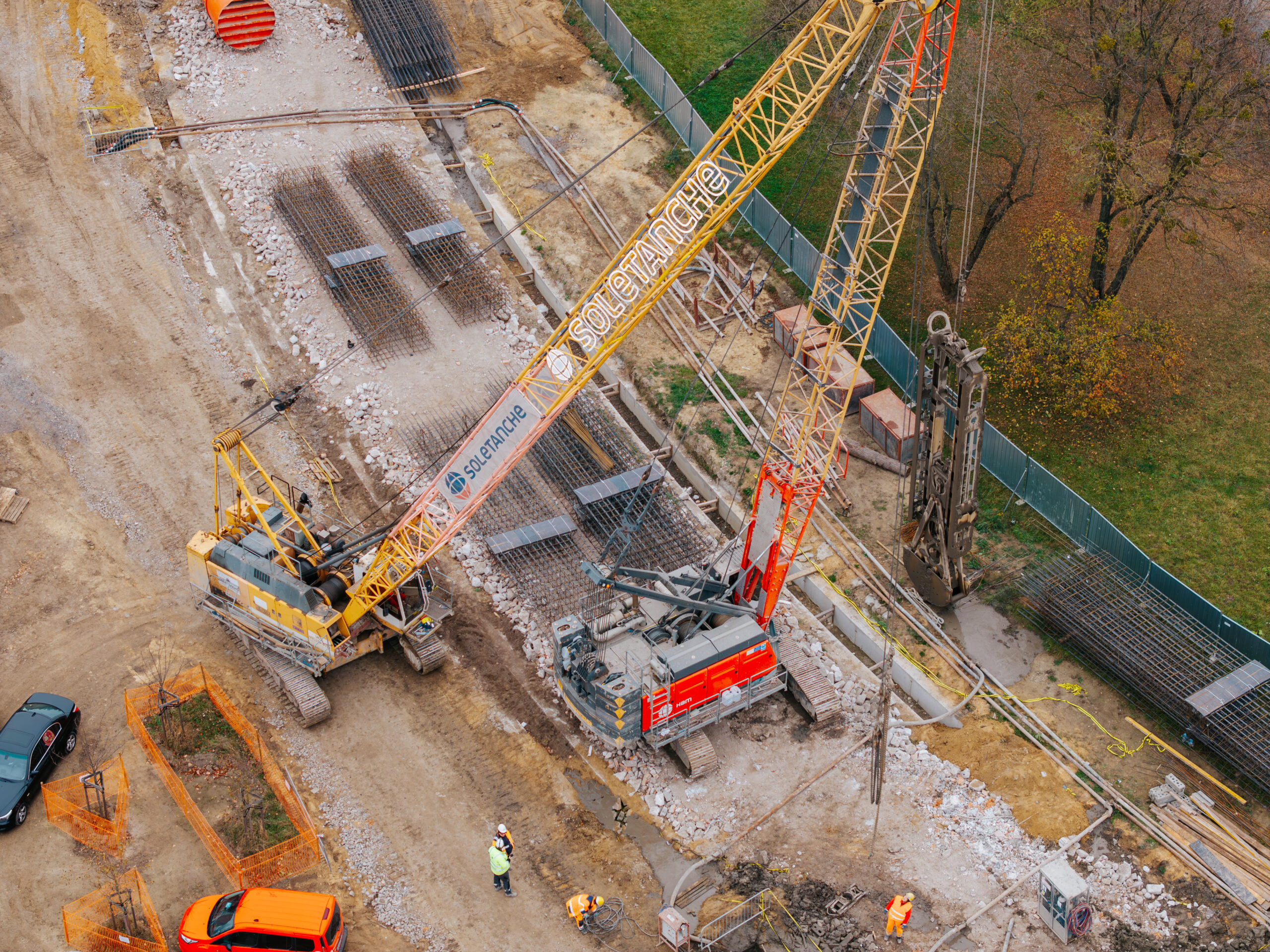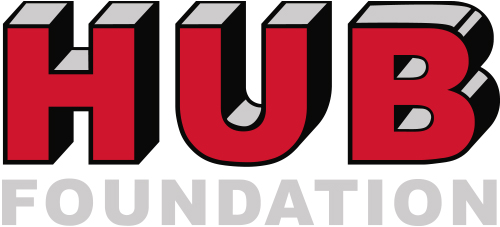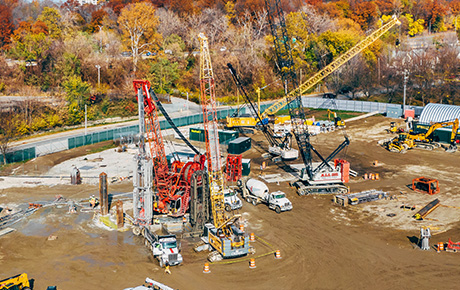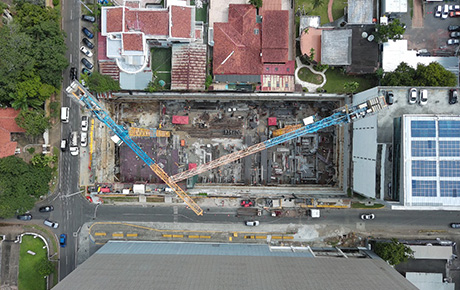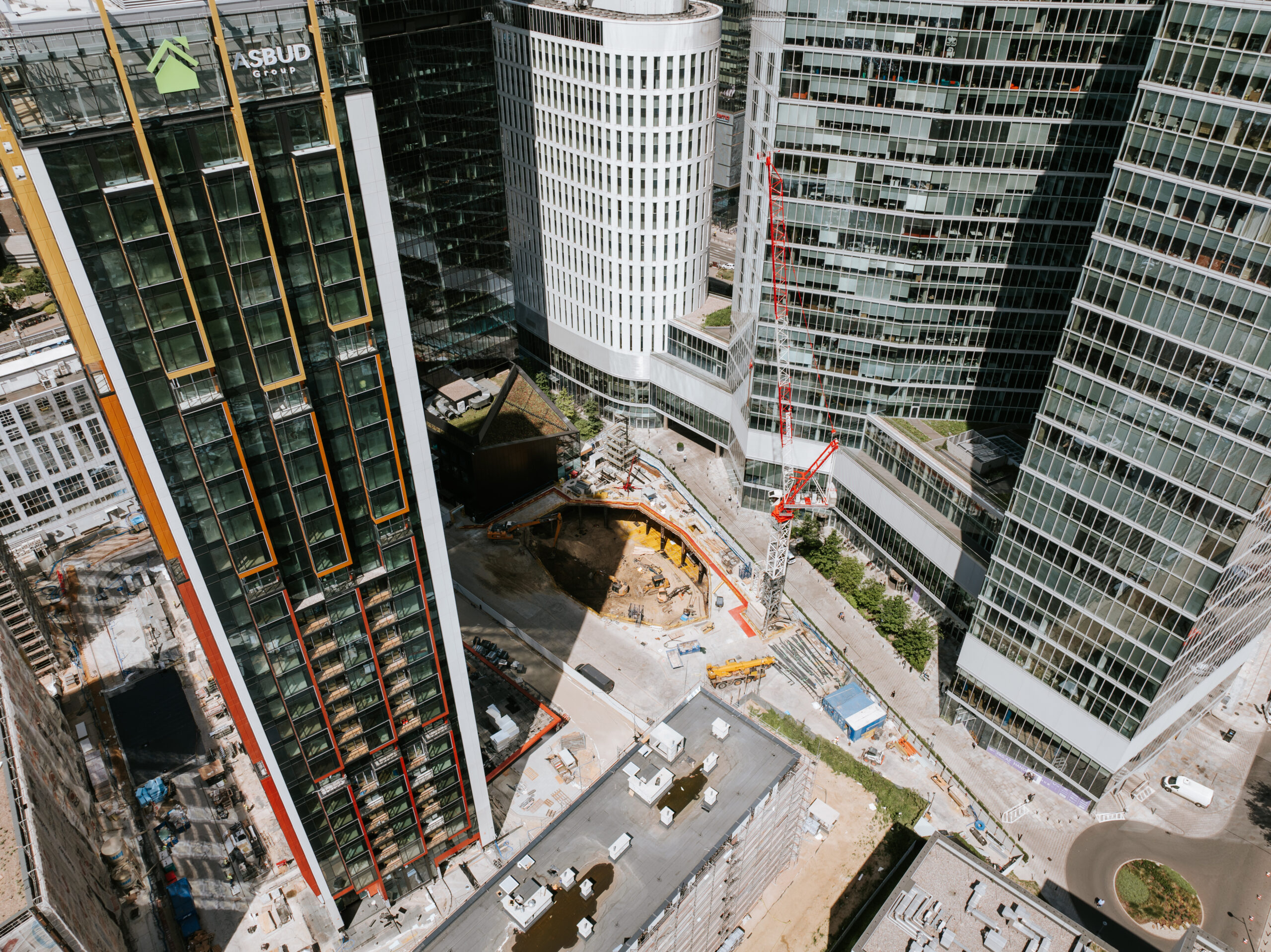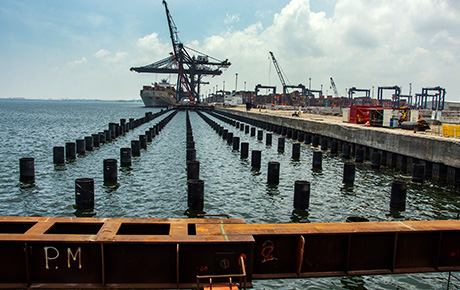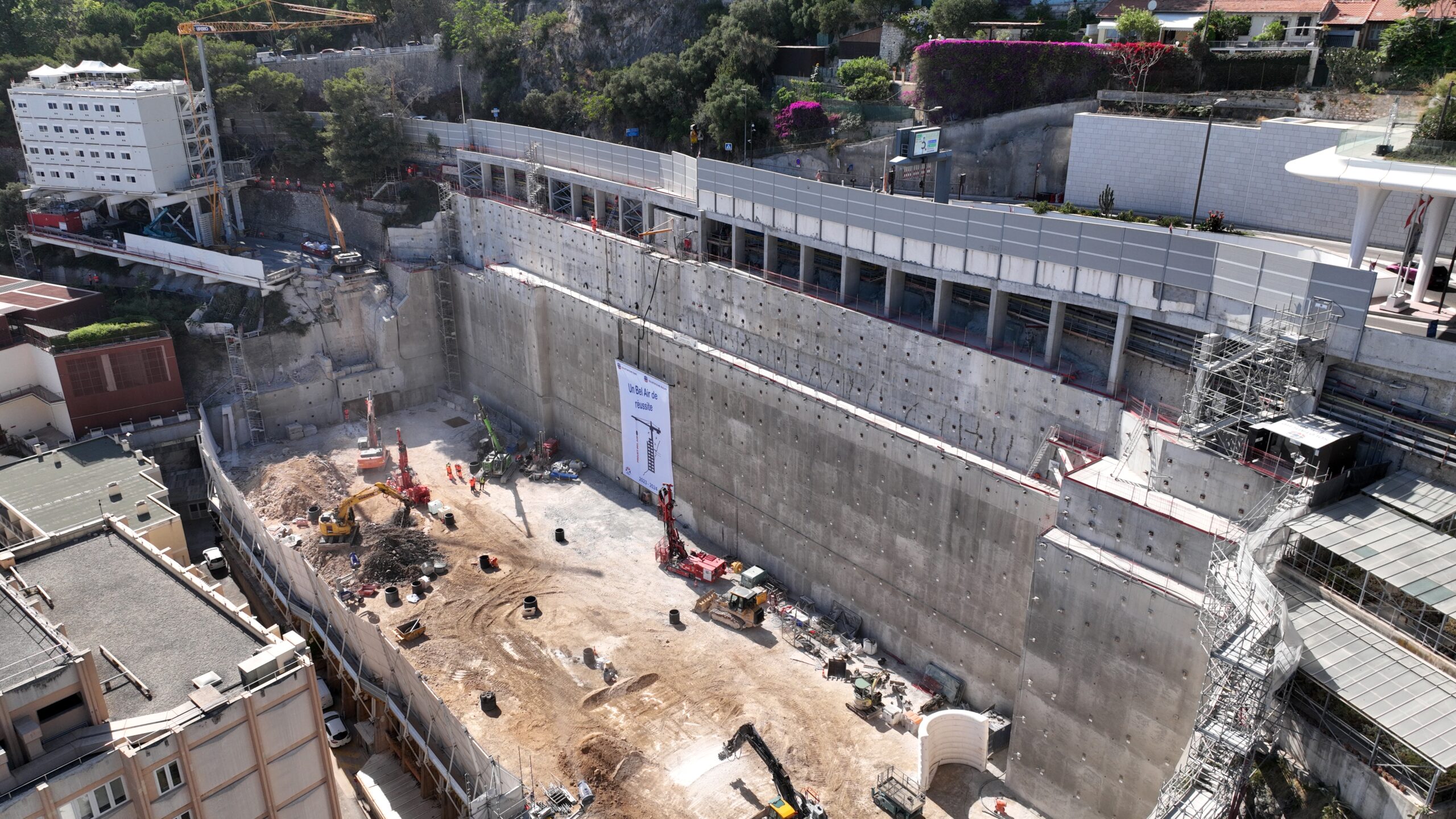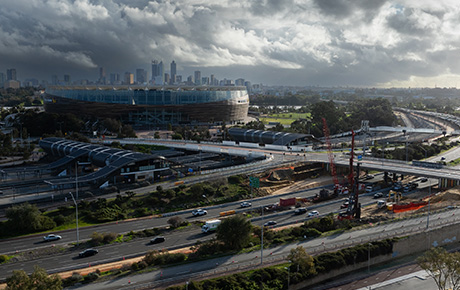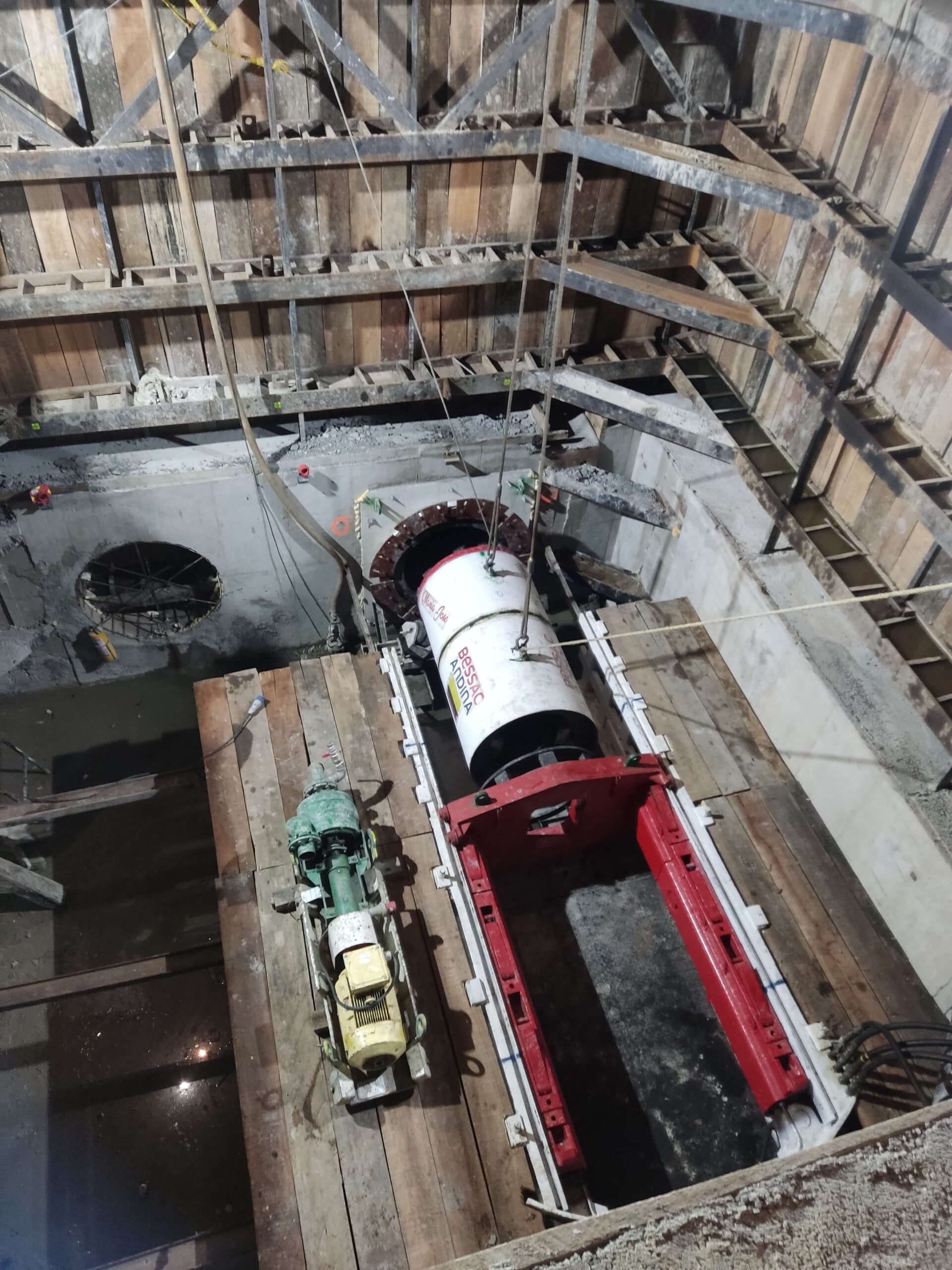May 13th, 2021
World Engineering Day for the Future: Generative design – a very promising digital technology for Soletanche Bachy
At Soletanche Bachy, we believe that digital transformation creates new opportunities and improves our operational efficiency. We are therefore conducting numerous digital initiatives to strengthen our technical expertise and better serve our customers. The latest is the adoption of generative design, which represents the future of soil and foundation engineering.
As part of its digital transformation, the Soletanche Bachy group has launched a great adventure – exploring the potential of generative design applied to geotechnical fields. To mark this World Engineering Day for the Future, we take a closer look at new technology that could transform future foundation works.
What is generative design?
Generative design is a promising digital technology that improves productivity and profitability by automating and accelerating low value-added tasks. In practice, dedicated design and visualisation software makes it possible to explore a large number of solutions meeting a project’s various constraints. By adjusting one or more parameters defining a project, the software automatically generates a set of technically viable solutions, allowing a comparison of the solutions generated to identify the most suitable for the project in question via optimisation loops.
While this generative design approach is already commonly used in several fields, such as architecture and automotive, it is more recent in our sector of foundations and special works.
Production of an initial software prototype
Rodio Kronsa, our Spanish subsidiary, has recently adopted prototype generative design software for foundation projects involving driven prefabricated piles and associated pile heads and stringers. The purpose of the tool was to provide an optimal solution by exploring the various possible pile and stringers arrangements, representing a significant number of alternatives.
Rodio Kronsa‘s client gave us a very positive feedback:
Thanks to the generative design, Rodio Kronsa was able to convince us that the proposed solution was perfectly sized for the basement of our project. Moreover, when the loads changed, the fit could be considered very quickly and the whole model updated!
The success of the project has inspired other subsidiaries, including in Guatemala, where Rodio Swissboring is developing the tool for a micropile project. At Soletanche Bachy France, we are also interested in the application for modelling anchored rafts.
Adopting generative design
Although the use of generative design is still at an early stage, with a few subsidiaries leading the way, the aim is to roll out the technology to other group subsidiaries. This requires the creation of a network of users and the development of an interface to work with existing calculation tools. All of our design engineers will then be able to create and use this panel of generative design tools and adapt them to the various foundation processes and soil technology we offer our customers.
What are the benefits of generative design for our engineers and our customers?
Generative design has numerous benefits.
For design engineers, it strengthens their expertise by freeing up their time for more value-added tasks, such as soil studies, interpretation of results, modelling, solutions research, etc.
The great expertise of our design office teams, combined with this very promising technology, opens up a wide range of possibilities, which will allow us to offer our customers increasingly optimised variants.
Serge Borel – Deputy Managing Director – Soletanche Bachy
For our customers, the use of generative design by Soletanche Bachy and its subsidiaries means better proposals for their projects, in terms of cost, time, quality, as well as more innovative, or even more environmentally-friendly, variants.
On this World Engineering Day for the Future, generative design offers fantastic potential for design engineers and all foundation and soil technology projects generally.
